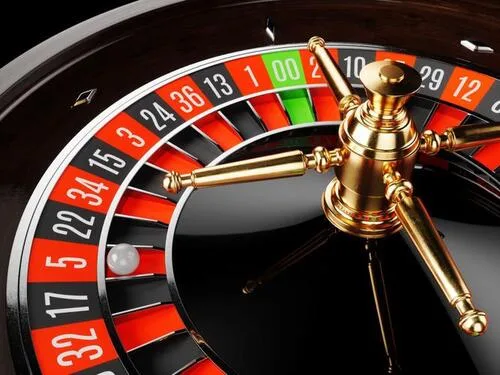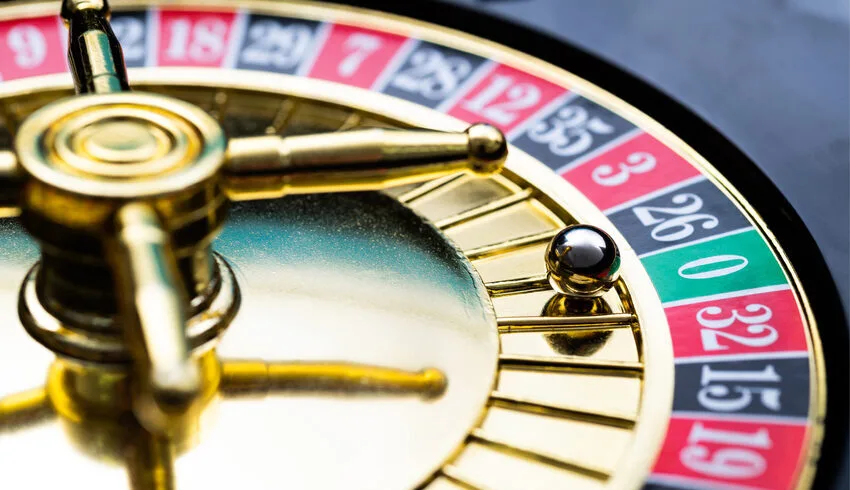Is Roulette the Easiest Casino Game to Play?

Roulette is often regarded as one of the simplest casino games, appealing to both beginners and seasoned gamblers. Unlike poker or blackjack, where strategies and skill heavily influence the outcome, roulette is a game based largely on chance. Players place bets on numbers, colours, or sections of the wheel, and a small ball determines the winner. This straightforward format makes it highly accessible to anyone visiting a casino, whether in a physical establishment or online at platforms like Casino Pasino.
However, while roulette may seem easy at first glance, there are many factors that influence its fairness and outcomes. Mechanical imperfections, dealer techniques, and even external calculations have led to significant debates about whether the game is purely random. The simplicity of roulette can be deceiving, especially when deeper aspects of the game, such as wheel defects or human influence, come into play. In this article, we explore whether roulette is truly the easiest game in the casino or if there’s more beneath the surface.
Equipment Defects on Roulette
Many assume that a roulette wheel is a perfectly balanced and fair device, but that is not always the case. Over time, mechanical imperfections can develop, leading to biases that favour specific numbers. Even the highest-quality wheels in reputable establishments like Casino Pasino are subject to wear and tear. This phenomenon is well-documented, with professional gamblers using these defects to their advantage, a strategy commonly known as ‘wheel clocking’.
One of the most well-known defects involves unbalanced wheels. If a wheel is slightly tilted or if the ball track is worn unevenly, it can affect where the ball lands. Over hundreds or thousands of spins, certain numbers may appear more frequently than others, creating a pattern that observant players can exploit. While casino operators frequently test and replace wheels to prevent such advantages, minor biases can still exist, especially in older establishments.
Another significant issue is the use of defective or low-quality roulette balls. The weight and material of the ball play a crucial role in how it moves across the wheel. A slightly heavier ball may favour specific sectors of the wheel, creating an unintended advantage. This is why professional players pay close attention to the equipment used in different casinos, often seeking out venues where small inconsistencies may work in their favour.
Croupier’s Work on Roulette
While roulette is considered a game of chance, the role of the croupier should not be underestimated. A skilled dealer can influence the outcome in subtle ways, even without intentional manipulation. The way the ball is spun, the force applied, and the specific hand movements can contribute to patterns that experienced gamblers may recognise and exploit.
One technique used by skilled dealers is ‘dealer’s signature’. This refers to the unintentional tendency of a croupier to release the ball with a consistent force and spin. If the dealer performs the same motion repeatedly, certain sectors of the wheel may be hit more frequently than others. While this does not guarantee a win for players, those who carefully observe dealers over multiple spins may identify patterns and place bets accordingly.
Casinos are aware of this potential bias and often rotate croupiers to prevent players from exploiting any patterns. However, in smaller casinos or less regulated environments, the same dealers may work for extended periods, increasing the likelihood of predictable outcomes. At Casino Pasino, for example, strict dealer rotation policies are in place to ensure fairness, reducing the risk of manipulation.
Another factor to consider is the ‘no-spin zone’. Some croupiers develop an ability to control where the ball lands by adjusting the speed of the wheel or how they launch the ball. While this is not a widespread issue in licensed casinos, historical cases suggest that subtle croupier control has been a topic of concern, particularly in less regulated establishments. This adds another layer of complexity to the seemingly simple game of roulette.

A Real Story on Roulette
One of the most fascinating real-life roulette stories involves a group of professional gamblers who identified a biased wheel in a European casino. The players, working as a team, recorded thousands of spins over several weeks, meticulously analysing the data to detect any patterns. Their patience paid off when they discovered that a particular set of numbers appeared more frequently due to an unnoticed imperfection in the wheel.
Using their findings, the team placed strategic bets on the favoured numbers, gradually accumulating significant winnings. The casino initially dismissed their success as luck, but when their profits reached tens of thousands of euros, security teams took notice. After an internal investigation, the casino confirmed that the wheel had a slight tilt, unintentionally favouring specific outcomes.
Rather than accusing the players of cheating, the casino simply replaced the wheel and adjusted its maintenance procedures. This case highlights how even small physical defects in roulette wheels can provide an advantage to those who observe closely and act strategically. While roulette remains a game of chance for most players, stories like these prove that knowledge and patience can tilt the odds in one’s favour.
Interestingly, similar cases have occurred at online casinos. While digital versions of roulette rely on Random Number Generators (RNGs) rather than physical wheels, software vulnerabilities have occasionally been exploited. In one instance, a flaw in an online roulette algorithm allowed certain players to predict outcomes with higher accuracy, leading to significant winnings before the casino patched the issue.
These stories serve as a reminder that while roulette is often seen as an easy game, those who study it deeply can uncover hidden advantages. Whether in a land-based venue or an online platform like Casino Pasino, understanding the mechanics behind the game can provide a significant edge over casual players.
Calculating the Trajectory of the Ball
Some professional gamblers have taken roulette strategy to an entirely new level by applying physics and mathematics to calculate the trajectory of the ball. This method, often referred to as “roulette physics,” involves predicting where the ball will land based on its speed, the wheel’s motion, and external factors such as air resistance.
One of the most famous cases of this approach involved a team using hidden computers to process real-time data on ball movement. By measuring the ball’s initial velocity and deceleration, they could make highly accurate predictions about its final resting place. This strategy led to massive profits before casinos detected their methods and banned such devices. Today, while physical calculations are nearly impossible due to strict casino security, the concept remains a testament to the complexity hidden behind this seemingly simple game.
Our Opinion
So, is roulette truly the easiest casino game to play? On the surface, the game requires no skill—just place a bet and wait for the ball to land. However, as we’ve explored, roulette is far more complex than it appears. From mechanical biases and croupier techniques to advanced calculations, numerous factors influence the game’s fairness and predictability. While casual players may find it simple and entertaining, those who study the game deeply uncover a level of strategy that most overlook.
For those looking for a straightforward and fun experience, Casino Pasino offers a fair and regulated environment where players can enjoy roulette without worrying about hidden biases. However, as history has shown, even the most “random” games can sometimes be influenced by physics, human behaviour, and technological loopholes. Whether you’re a beginner or an expert, understanding these factors can enhance your appreciation of the game and, perhaps, improve your chances of winning.
